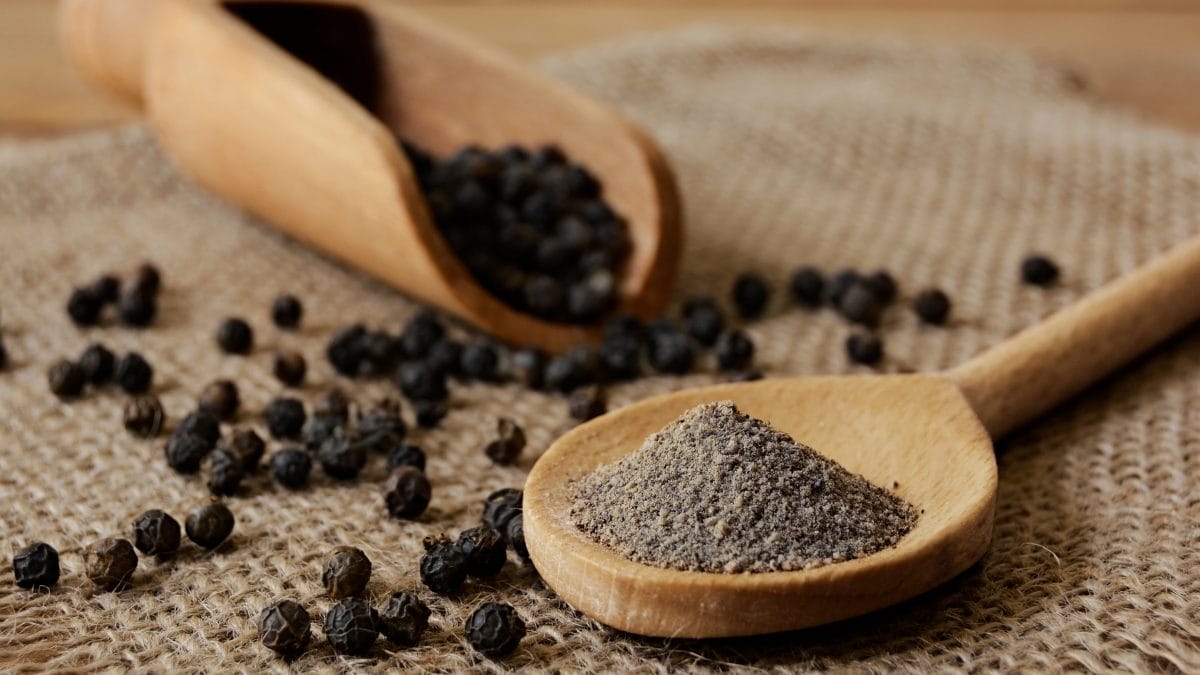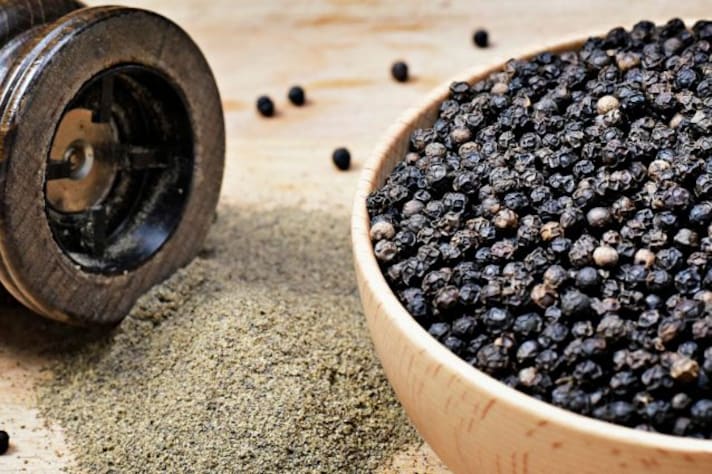
A potential shortage of black pepper—one of the world’s most ubiquitous spices—is raising concerns among consumers and industry insiders alike. Recent reports from sources such as Allrecipes and People indicate that disrupted supply chains, erratic weather patterns in major growing regions like India, Vietnam, and Sri Lanka, and shifting global production patterns are combining to create a perfect storm. As global inventory levels dip, experts warn that both prices and scarcity could soon have a significant impact on our everyday cooking experiences.
The Causes Behind the Crisis
Several factors are converging to push black pepper supply to its limits. Unpredictable rain and drought cycles have delayed harvests in key pepper-producing regions, reducing overall yields. Additionally, trade issues and labor shortages—exacerbated by the lingering impacts of the pandemic—are discouraging farmers from investing in further pepper production. With only four countries accounting for roughly 80% of the world’s supply, even minor disruptions in these regions can lead to widespread shortages and steep price increases at the checkout.

What This Means for Consumers and Restaurateurs
For home cooks and professional chefs alike, black pepper is a culinary cornerstone that adds essential spice and depth to countless dishes. As supply tightens, shoppers may soon notice higher prices and thinner shelves, particularly in stores known for their generic spices. Experts recommend that consumers consider purchasing whole peppercorns—which have a shelf life of three to four years—and invest in a quality refillable pepper grinder as a cost-effective strategy to weather potential shortages. Restaurateurs, forced to adapt quickly, might explore alternative spice blends such as smoked paprika, coriander, and cumin to maintain flavor profiles without compromising on quality.
;Resize,width=767;)
